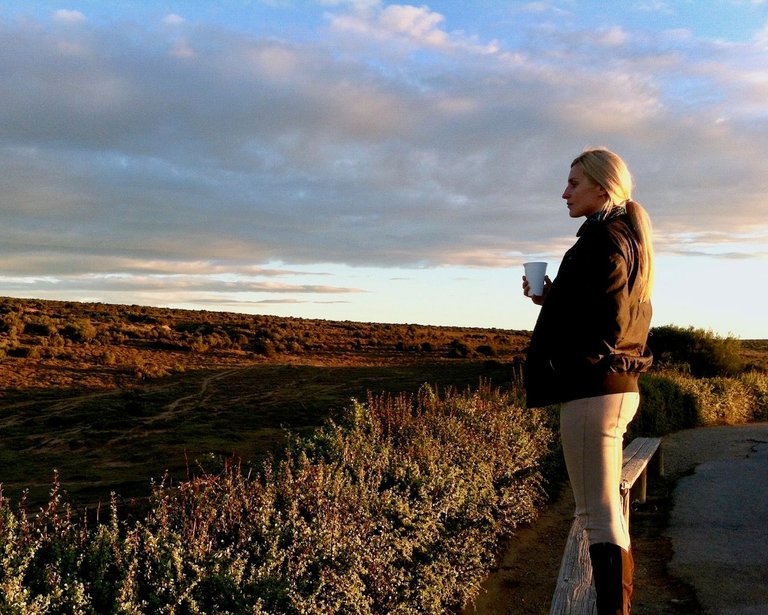
Today I will take you few years back. To the World Heritage Site - Sterkfontein caves.
Sterkfontein caves located in Gauteng province in South Africa, is a system of limestone caves, world famous for their fossil finds.
Fossils are the human remains, plants or animals that over a long period of time, through a process of mineralisation, have been turned into stone.
Here, as many as 1000 animal and hominid fossils were discovered, dating back more than 4-million years, to the birth of humanity. The Sterkfontein is one of the richest sites in the world for the fossils of early hominids.
Dzisiaj zabiorę Was kilka lat wstecz. Do Światowego Dziedzictwa UNESCO - jaskiń Sterkfontein.
Jaskinie Sterkfontein położone są w prowincji Gauteng w Republice Południowej Afryki, to system jaskiń wapiennych, znanych na całym świecie ze znalezisk skamieniałości.
Skamieniałości to szczątki organiczne ludzkie, roślin lub zwierząt, które przez długi okres czasu, poprzez proces mineralizacji, zostały zamienione w kamień.
W tym miejscu odkryto aż 1000 skamieniałości zwierząt i hominidów, datowanych na ponad 4 miliony lat, do narodzin ludzkości. Sterkfontein jest jednym z najbogatszych miejsc na świecie ze skamieniałościami wczesnych hominidów.
Cradle of human kind
In the 1880s in Witwatersrand gold was discovered, in the hope of finding fortunes, hundreds of thousands of prospectors from all over the world came to this area. It led to the biggest gold rush the world has ever seen. Lime was necessary in the chemical extraction of gold, what sparked a second industry in lime mining.
W 1880 roku w Witwatersrand odkryto złoto, w nadziei znalezienia fortuny, setki tysięcy poszukiwaczy z całego świata przybyło do tego obszaru. Doprowadziło to do największej gorączki złota, jaką kiedykolwiek widział świat. Wapno było niezbędne w chemicznej ekstrakcji złota, co wywołało drugą gorączkę przemyśle wydobywczym wapna.
In the late 1890s limestone miners working on the site, discovered some fossils. At the time they used to blast out tunnels through the surface of the caves.
The find got later reported to the members of the South African Geological Society.
David Draper, geologist, called for the protection of the caves but only the main cave was preserved. The miners, continued to work on the whole area until the 1920, when the site became popular amongst the tourists, who encouraged by the mine owner RM Cooper, rushed to find the missing link.
Pod koniec lat dziewięćdziesiątych XIX wieku górnicy pracujący na budowie odkryli różnorodne skamieliny. W tym czasie zwykli oni wysadzać tunele przez powierzchnię jaskiń.
Odkrycie zostało później zgłoszone członkom Południowoafrykańskiego Towarzystwa Geologicznego.
David Draper, geolog, wezwał do ochrony jaskiń, ale nietknięta zachowała się tylko główna jaskinia. Górnicy kontynuowali prace nad całym obszarem do 1920 roku, kiedy to okolica stała się popularna wśród turystów, którzy zachęceni przez właściciela kopalni, RM Coopera, rzucili się by znaleźć brakujące ogniwo na własną rękę.
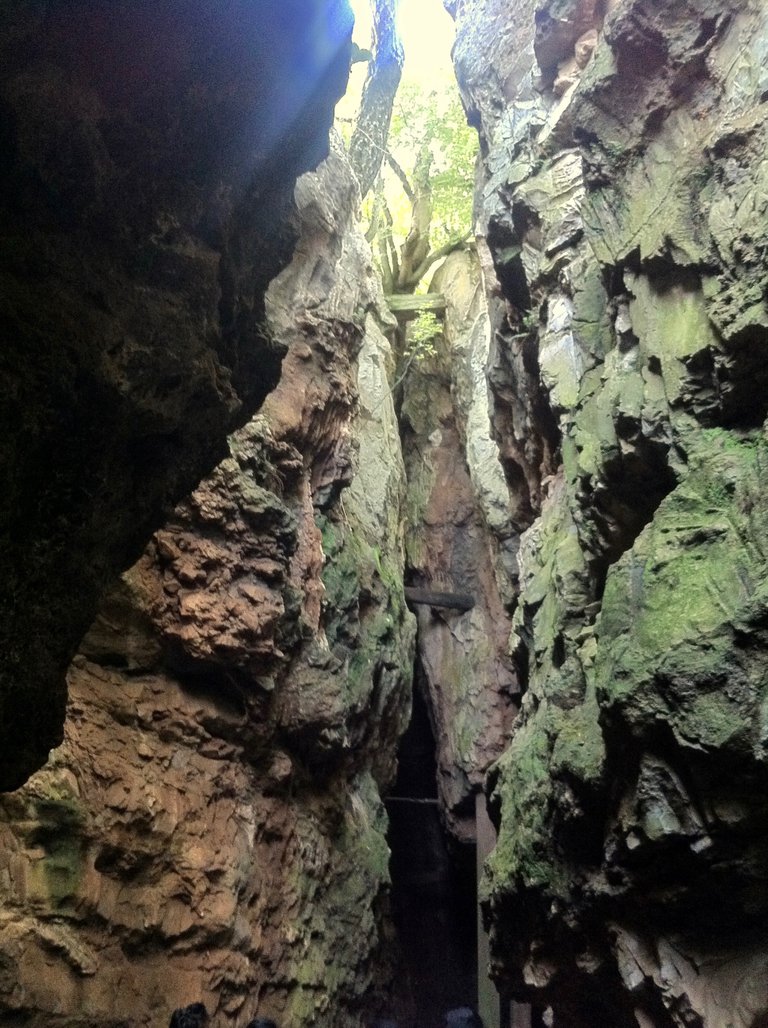
The cave
In 1935 the first monkey fossils were collected from lime miners’ dumps.
Professors from the University of the Witwatersrand in Johannesburg made a significant discovery and classification of the extinct monkey species.
In 1936 Dr Robert Broom with the university students visited the Sterkfontein.
He discovered parts of the crushed skull matching the breccia cast that he recovered from the mine manager.
It clearly represented an adult Australopithecus.
Broom classified it as -Australopithecus transvaalensis, which later got nicknamed, Mrs. Ples.
After Broom’s discovery serious scientific excavations began, also recovery of many other specimens of Australopithecus from the lime miners’ dumps.
W 1935 r. Zebrano pierwsze skamieliny małp z hałd wapiennych.
Profesorowie z Uniwersytetu Witwatersrand w Johannesburgu dokonali znaczącego odkrycia i klasyfikacji wymarłych gatunków małp.
W 1936 roku dr Robert Broom wraz ze studentami odwiedził Sterkfontein.
Odkryli oni fragmenty zmiażdżonej czaszki, pasujące do odlewu odkruchowca, odzyskane od kierownika kopalni. Wyraźnie reprezentował dorosłego Australopithecusa.
Broom sklasyfikował go jako -Australopithecus transvaalensis, który później otrzymał przydomek, pani Ples.
Po odkryciu Brooma zaczęły się poważne badania naukowe, również odzyskanie wielu innych okazów Australopithecus ze śmietników wapiennych.
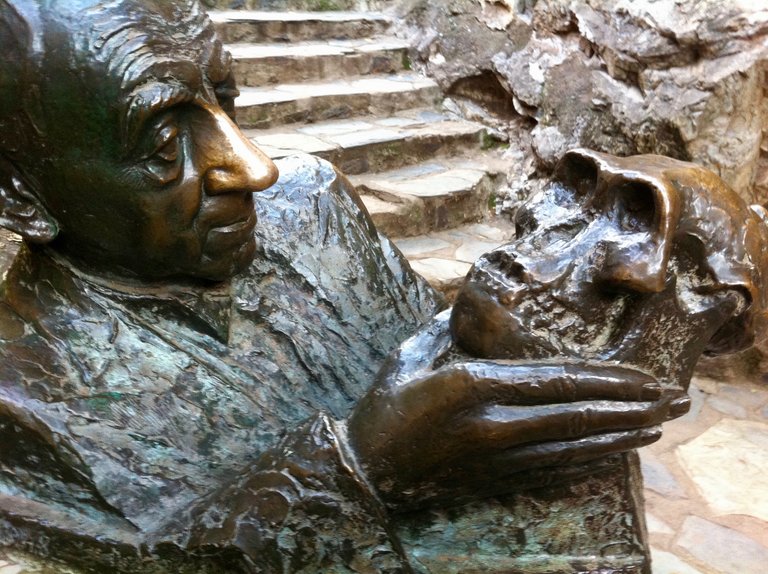
Dr Robert Broom
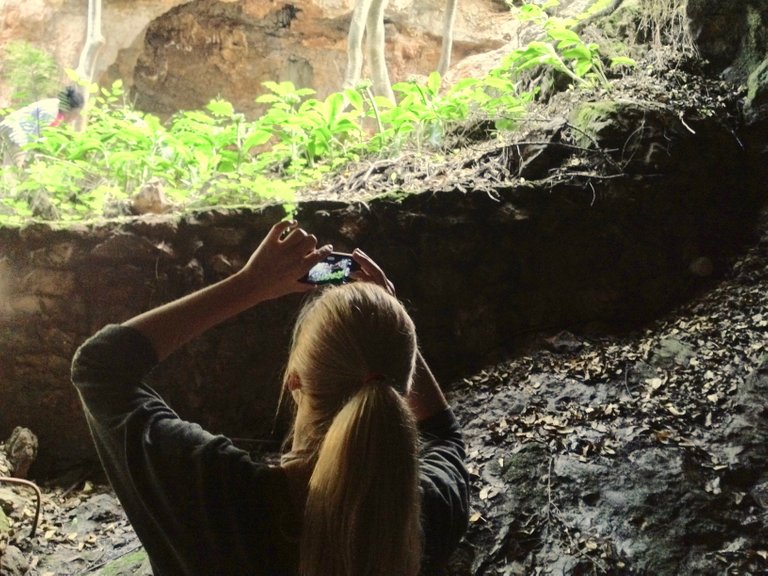
the lower levels
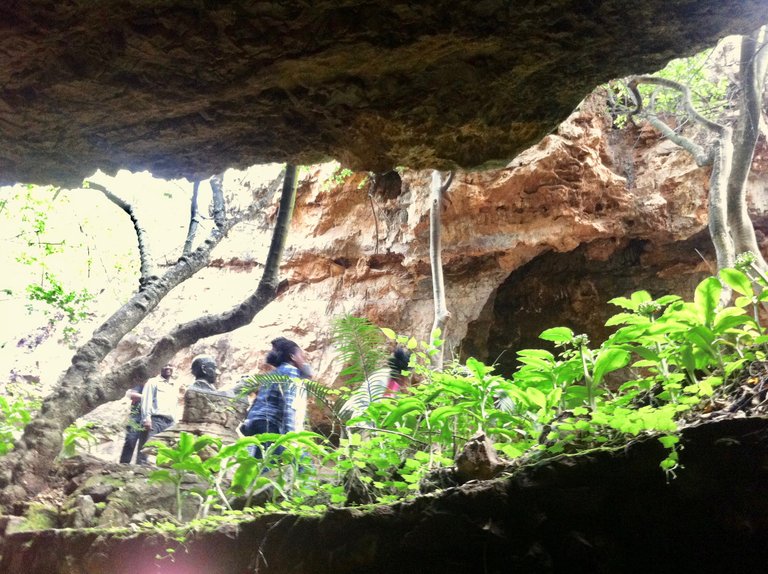
After Australopithecus came the genus Homo, to which we humans, Homo sapiens, belong. The earliest named Homo species is Homo habilis or “handy man”, which researchers believe made the first stone tools. Homo habilis emerged about 2-million years ago. After Homo habilis came, among others, Homo ergaster, Homo erectus, Homo heidelbergensis, Homo neanderthalensis, Homo floresiensis and Homo Sapiens – us. These species lived in different parts of the world. Not all Homo species were direct ancestors of humans. The human family tree has many branches, several of which broke off as species became extinct. http://www.maropeng.co.za/content/page/maropeng-exhibition-highlights
Po Australopithecus przyszedł rodzaj Homo, do którego należą ludzie, Homo sapiens. Najwcześniej nazwanym gatunkiem Homo jest Homo habilis lub "człowiek zręczny", który według naukowców stworzył pierwsze kamienne narzędzia. Homo habilis pojawił się około 2 miliony lat temu. Po Homo habilis przybyli m.in. Homo ergaster, Homo erectus, Homo heidelbergensis, Homo neanderthalensis, Homo floresiensis i Homo Sapiens - my. Te gatunki żyły w różnych częściach świata. Nie wszystkie gatunki Homo były bezpośrednimi przodkami ludzi. Ludzkie drzewo genealogiczne ma wiele gałęzi, z których kilka zrywało się, gdy gatunki wymarły. http://www.maropeng.co.za/content/page/maropeng-exhibition-highlights
The most significant fossils found in Sterkfontein Caves is “Mrs Ples”
a 2.1-million-year-and the most complete skull of an Australopithecus africanus ever found in South Africa. At Silberberg Grotto “Little Foot”, an almost complete Australopithecus skeleton that is more than 3-million years old, likely to be far more complete than the skeleton from the site of Hadar, Ethiopia called "Lucy". The Taung Child skull, named the most important anthropological fossil of the twentieth century by a specialist in brain evolution, Dean Falk.
Najbardziej znaczącymi skamielinami znalezionymi w jaskiniach Sterkfontein jest "Mrs Ples"
mająca 2,1 miliona lat - najbardziej kompletna czaszka Australopithecus africanus, jaką kiedykolwiek znaleziono w Południowej Afryce. W Grocie Silberberg "Mała Stopa", prawie kompletny szkielet Australopithecus, który ma ponad 3 miliony lat, prawdopodobnie o wiele bardziej kompletny niż szkielet ze stanowiska Hadar w Etiopii o nazwie "Lucy”. Czaszka Taung Child, nazwana przez specjalistę od ewolucji mózgu, Dean Falk najważniejszą antropologiczną skamieliną XX wieku.
Amongst these fossils, a 2-million-year-old stone tools were found and more than 270 burnt bones. By using radio-isotope dating- combination of uranium-lead and palaeomagnetic analysis, the scientists determined the age of the fossils.
Wśród tych skamielin znalazły się 2-milionowe kamienne narzędzia i ponad 270 spalonych kości. Korzystając z datowania radioizotopowego - analizy uranowo-ołowiowej i paleomagnetycznej, naukowcy określili wiek skamieniałości.
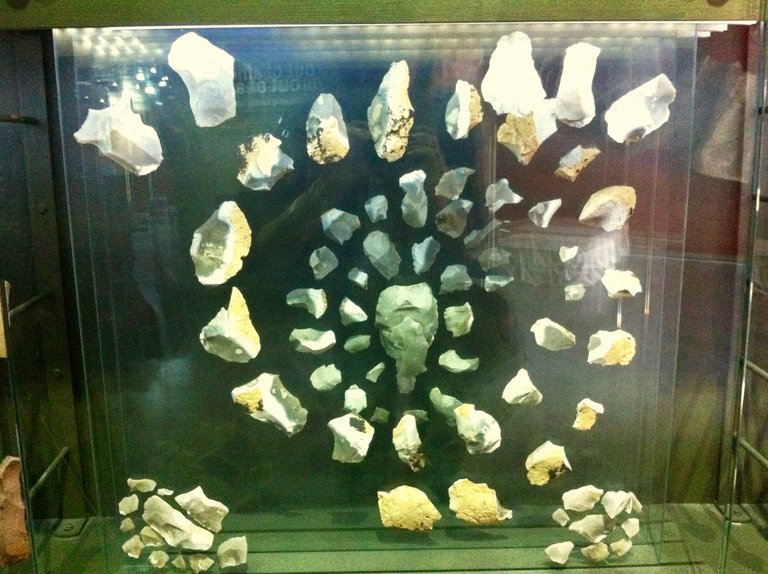
Tools
The tour starts above the ground and later takes the visitors into the Sterkfontein Caves.
Along the pathway one can have a look at the site of an archaeological excavation.
The exhibition room showcases these important finds, but also provides information about cave formations and geology, palaeobotany, landscapes, fossilisation and describes them in detail.
Wycieczka rozpoczyna się nad ziemią, a następnie przenosi odwiedzających do jaskiń Sterkfontein.
Wzdłuż ścieżki można rzucić okiem na miejsce wykopalisk archeologicznych.
Ekspozycja prezentuje te ważne znaleziska, ale także dostarcza informacji na temat formacji jaskiniowych i geologii, paleobotaniki, krajobrazów, skamieniałości i szczegółowo je opisuje.
All of humanity shares an African heritage. We are one, diverse species across the globe, with our roots in Africa. http://www.maropeng.co.za/content/page/the-tumulus-building
Cała ludzkość ma afrykańskie dziedzictwo. Jesteśmy jednym, różnorodnym gatunkiem na całym świecie, z naszymi korzeniami w Afryce. http://www.maropeng.co.za/content/page/the-tumulus-building

*Photographs taken by @highonthehog
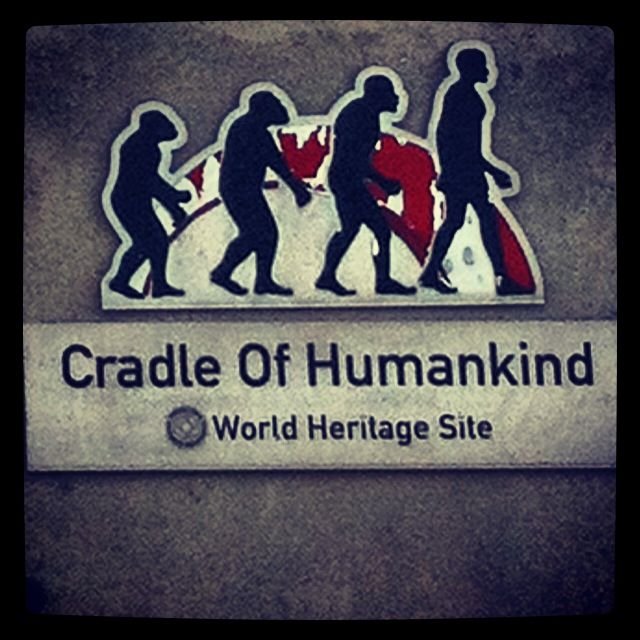

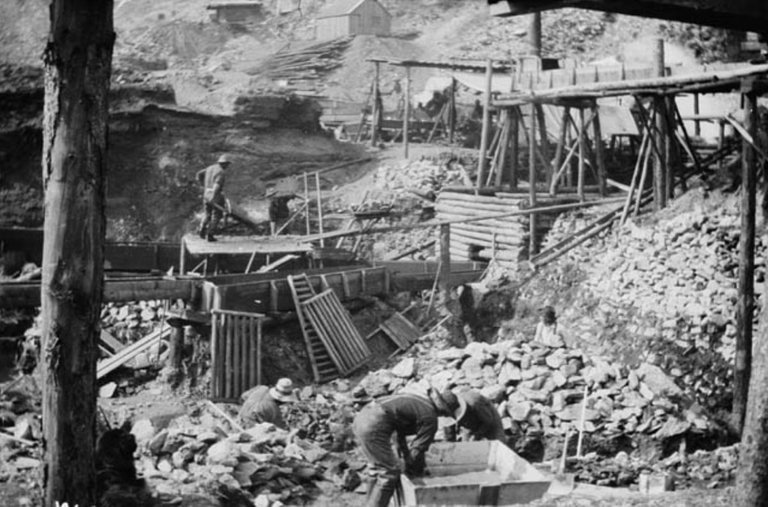

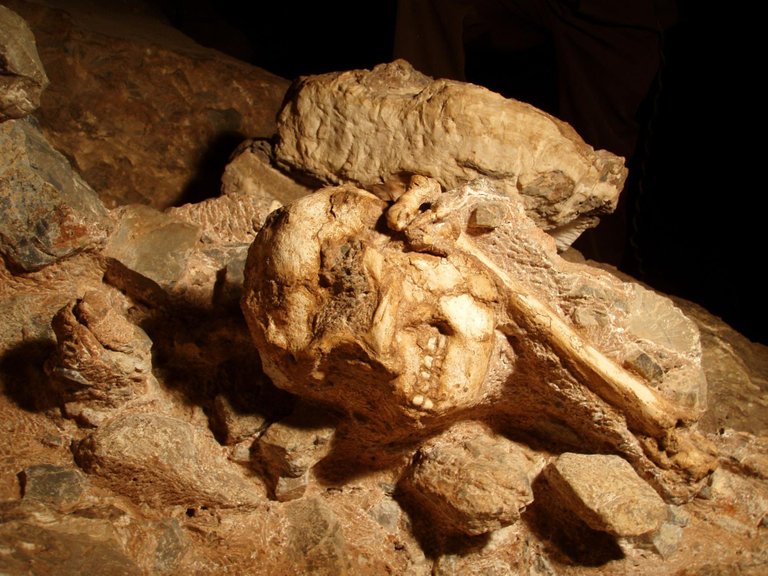
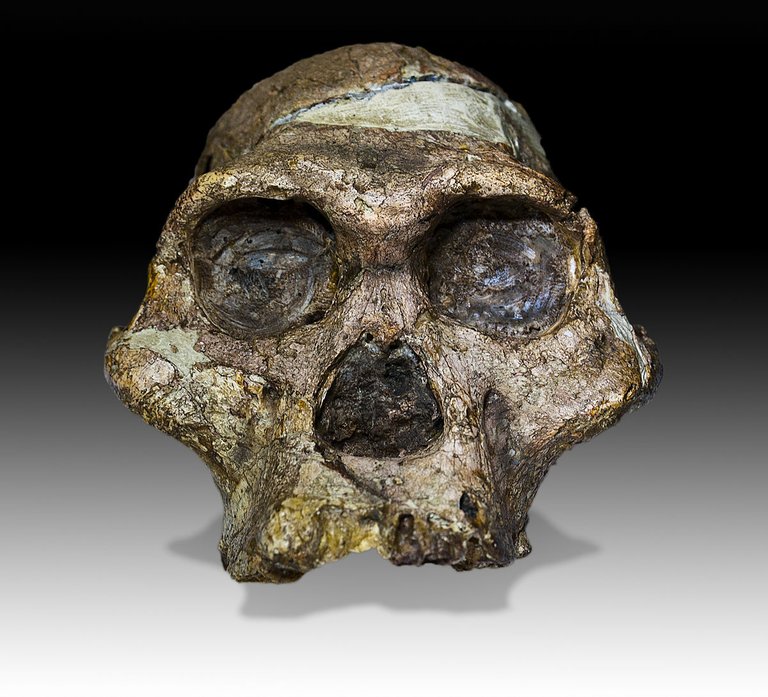

Nice writing before bed. There are still a lot of questions in our past...
indeed, some of them will not get answered in our lifetime ;)
Świetne zdjęcia
dzieki , wspomnialam juz gdzies wczesniej, niestety swiatlo nie bylo w jaskiniach najlepsze wiec jest improwizorka...
Coolest monkey in the jungle.🐒
Thanks for resteeming :-P
Congratulations, Your Post Has Been Added To The Steemit Worldmap!
Author link: http://steemitworldmap.com?author=highonthehogPost link: http://steemitworldmap.com?post=the-cradle-of-human-kind-sterkfontein-caves-in-south-africa
Want to have your post on the map too?
Absolutely brilliant post, I thoroughly enjoyed it:)
Dobra robota ;)
tak tak , ciagle zbieram na te wanne. :) dziekuje.
Fascinating story! I want to learn more about the finds at Sterkfontein caves. Thanks for sharing!
Thank you for reading. Super happy you find it interesting , thats the purpose of my writing.
thanks. have a nice day
thank you , good day to you too.
amazing post! Thank you so much for sharing :)
And thanks for supporting me. ;)
with pleasure! :)
click here.Congratulations @highonthehog, this post is the seventh most rewarded post (based on pending payouts) in the last 12 hours written by a User account holder (accounts that hold between 0.1 and 1.0 Mega Vests). The total number of posts by User account holders during this period was 2996 and the total pending payments to posts in this category was $9957.12. To see the full list of highest paid posts across all accounts categories,
If you do not wish to receive these messages in future, please reply stop to this comment.
Now thats a good info ! Thank you. :)
Jak zwykle, świetny wpis.
dziękuje , musze przyznac ze to szalenie interesujacy temat wiec poleciało jak z automatu:)
Fajny post i fajne zdjęcia.
Nie jestem w pelni zadowolona ze zdjec zwykle dokumentuje o wiele lepiej w tym wypadku swiatlo bylo mega slabe wiec nie ma za duzo do popisu. Ale fakt temat jest super. dziękuje !
Amazing! Upvote and follow me @sushek94! I post in the blog beautiful photos from his travels
Thanks for the upvote , you have cool shots .
Bardzo przyjemny post i można z niego poznać też delikatnie historię człowieka. Piękne też są zdjęcia i z miłą chęcią poczytam inne posty.
Ciesze sie bardzo, ze sie podoba. :) sciskam mocno!
Bardzo ciekawy post, można się poczuć jakby tam się było.
Dziekuje, taki byl zamysl :)
@originalworks